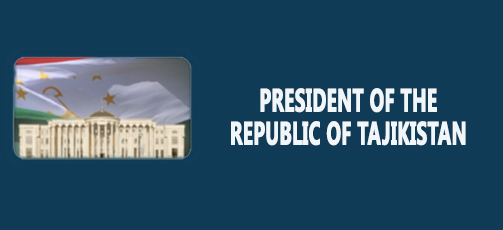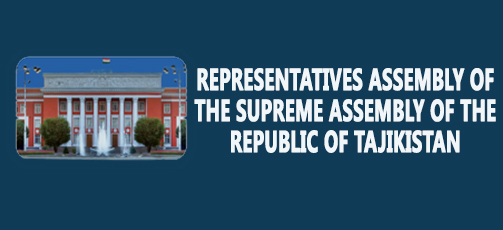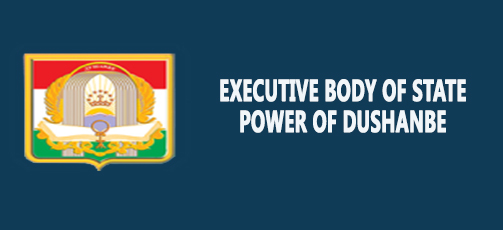Health Minister Abdullozoda: Treatment of COVID-19 Patients Is Free
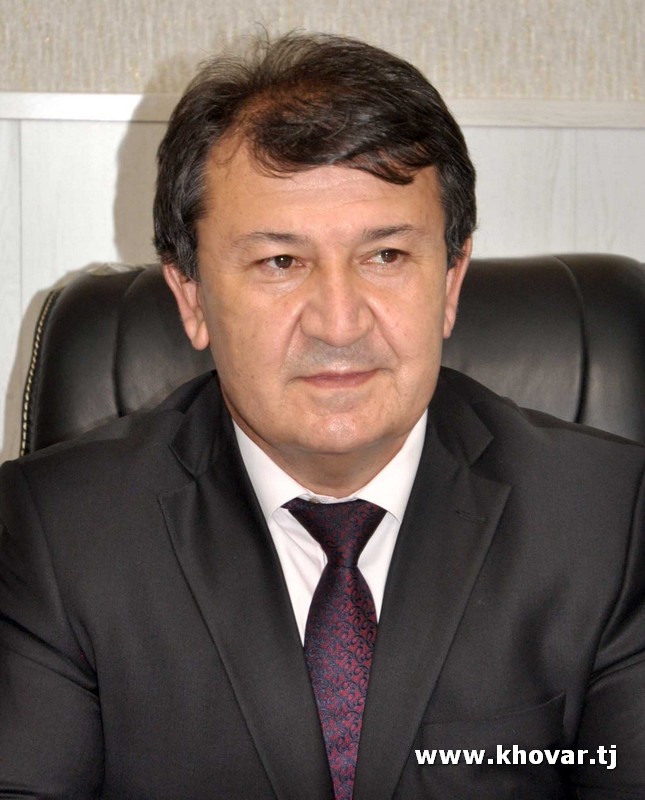
DUSHANBE, 26.05.2020. (NIAT Khovar) – In an interview with Khovar’s correspondent Kholisa Asomiddin the Minister of Health and Social Protection of the Population Jamoliddin Abdullozoda spoke about the diagnosis, treatment, and measures taken against COVID-19.
Asomiddin: Is there enough medication now and how are patients diagnosed and treated?
Abdullozoda: Currently, there is no shortage of medication. Their distribution is under my personal control. A request must be received from the chief doctor of a healthcare institution before the medications can be delivered. There is a strict accounting process, requiring as one step, a signature from the patient.
The treatment of COVID-19 is free and involves drugs that cannot be obtained in pharmacies. Once the Ministry of Health gives the green light for the delivery of the drugs, their distribution depends entirely on the conscience of the doctor.
When should a person be hospitalized?
If low blood oxygen level is observed, and the person has a fever of 38 °C or above, with chest tightness, hospitalization is necessary. Otherwise the person can be treated at home under the supervision of a doctor.
How do you evaluate home treatment? Can it give yield good results?
Of course, it can. The hospital atmosphere can induce anxiety and panic, while being at home keeps the person calm.
According to statistics, almost 80-85% of the infected are treated at home. However, supervision by a doctor is necessary. Self-medicating is not recommended. Antibiotics should be used in the presence of symptoms and infection of the body, but though they treat, they also weaken the immune system. A person’s age, the presence of concomitant diseases and stress will determine the appropriate treatment. Today, most people fall ill as a result of fear and panic. By concentrating on fears, a person can become worse off than as a result of contracting COVID-19.
How many spaces are reserved for COVID-19 patients?
There are more than 3,000 extra beds. In addition, all hospitals have enough spaces for patients. I must note that, fortunately, the number of patients has decreased.
The Republican Medical College can accommodate 500 patients. The temporary mobile hospital, organized by the Dushanbe Chairman Rustam Emomali at the Bofanda stadium can serve 350, and there are 75 beds in the Ministry of Defense’s hospital.
Shifobakhsh hospital, City Health Center No. 1 named after Karim Akhmedov and Istiklol medical complex, are priority hospitals for treatment, as the specialists there are much more experienced. the resuscitation departments there are better prepared.
Do health professionals analyze the causes and consequences of this disease? Who is most susceptible to this virus?
Specialists from the ministry and research centers have been studying the problems associated with it. According to statistics, a large percentage of people infected with coronavirus are between 40 and 60 years old. The main factor in contracting the virus and recovery is related to immunity. People at this age are most often preoccupied with problems, family and children, at the cost of their own well-being.
It should be noted that those who could not recover suffered from hypertension, diabetes, cardiovascular disease or obesity. Scientists have concluded that the infected individuals die not so much from the virus itself, but from concomitant chronic diseases. The infection, in the absence of other aggravating diseases, can be cured, in most cases without treatment.
What is the accuracy of COVID-19 tests?
They are not always 100% accurate. The accuracy depends on the method of use and the temperature of the device. After receiving the sample, it should be placed in the device for 75 hours. But there are times when the device is at capacity, and the requirements are not followed which can lead to errors.
Due to this, we decided to increase the number of laboratories. Currently, there are five laboratories in Dushanbe. Soon more laboratories will begin operating in other regions.










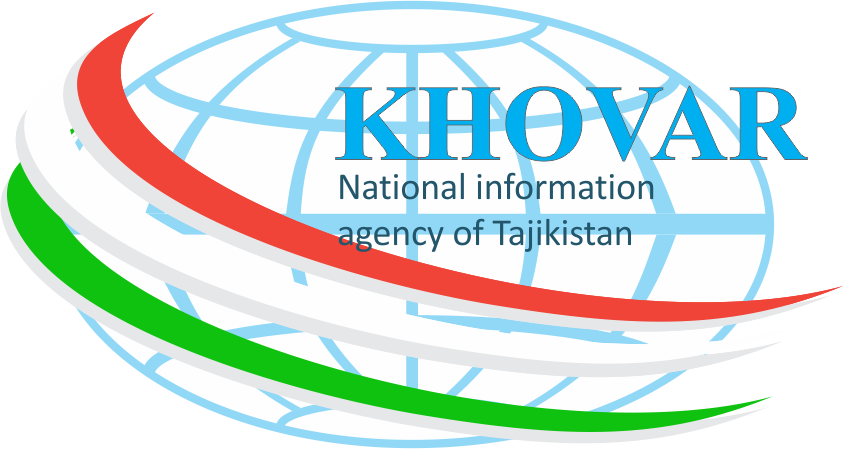
 Lonely Planet Includes Tajikistan among the World’s Best Travel Experiences
Lonely Planet Includes Tajikistan among the World’s Best Travel Experiences Emomali Rahmon and Xi Jinping Highlight Significance of Launching Direct Passenger Flights between Dushanbe and Beijing
Emomali Rahmon and Xi Jinping Highlight Significance of Launching Direct Passenger Flights between Dushanbe and Beijing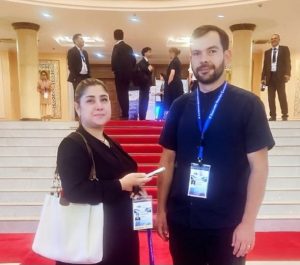 Tajikistan Provides Key Platform for Science–Policy Dialogue on Glacier Preservation, Says UCA Researcher
Tajikistan Provides Key Platform for Science–Policy Dialogue on Glacier Preservation, Says UCA Researcher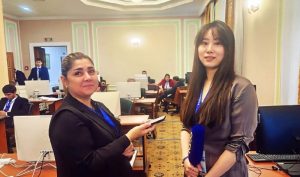 CGTN Journalist Praises Tajikistan’s Leadership on Glaciers’ Issues and Highlights China-Tajikistan Cooperation
CGTN Journalist Praises Tajikistan’s Leadership on Glaciers’ Issues and Highlights China-Tajikistan Cooperation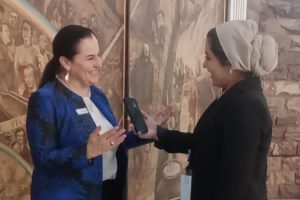 UN Women Official Stresses the Role of Women in Climate Action at Glaciers’ Conference in Dushanbe
UN Women Official Stresses the Role of Women in Climate Action at Glaciers’ Conference in Dushanbe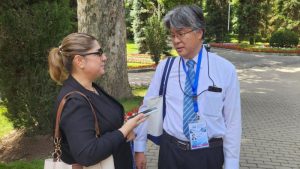 Japanese Researcher Highlights Tajikistan’s Role in Regional Water Security at High-Level Glaciers’ Conference
Japanese Researcher Highlights Tajikistan’s Role in Regional Water Security at High-Level Glaciers’ Conference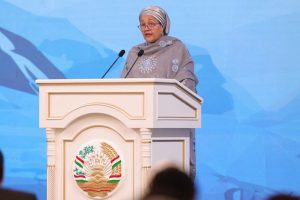 “This is Not Just Ice – This is Life”: UN Deputy Chief Calls for Urgent Action at Glaciers Conference in Dushanbe
“This is Not Just Ice – This is Life”: UN Deputy Chief Calls for Urgent Action at Glaciers Conference in Dushanbe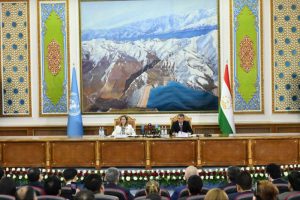 Dushanbe Hosts Landmark International High-Level Conference on Glaciers’ Preservation
Dushanbe Hosts Landmark International High-Level Conference on Glaciers’ Preservation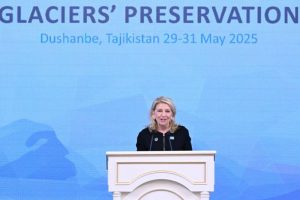 The Climate Crisis Is Primarily a Crisis of Children’s Rights
The Climate Crisis Is Primarily a Crisis of Children’s Rights Chinese Scientist Highlights Glacier Retreat as a Tangible Reality for Tajikistan, the Region, and the World
Chinese Scientist Highlights Glacier Retreat as a Tangible Reality for Tajikistan, the Region, and the World Dushanbe Conference Launches New Era in Global Glacier Diplomacy
Dushanbe Conference Launches New Era in Global Glacier Diplomacy Global Leaders Urged to Fund UN Trust for Glacier Preservation
Global Leaders Urged to Fund UN Trust for Glacier Preservation









